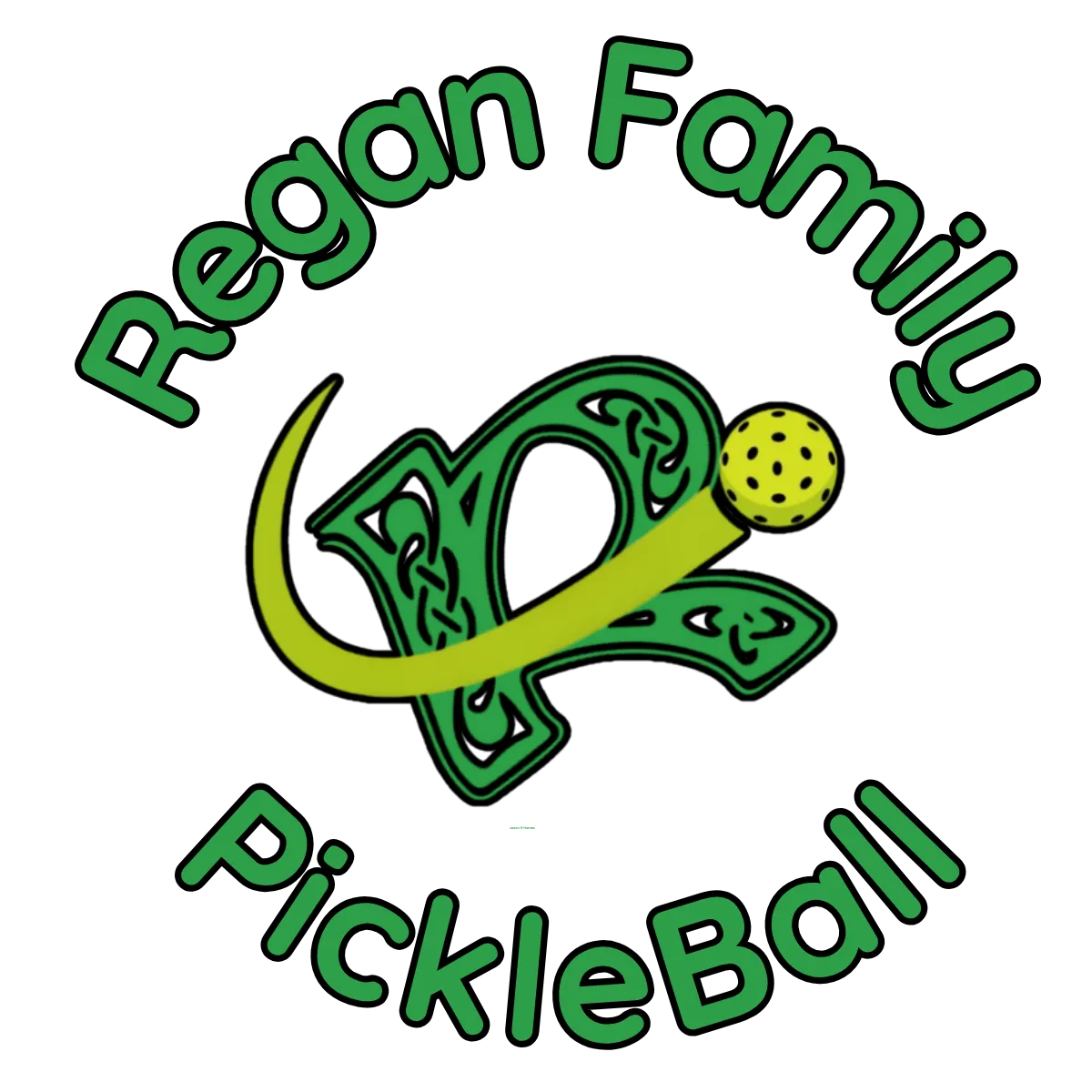

PICKLEBALL TIPS
AND TRICKS
Smiles Rule the Court, Referrals Keep Us There
How to Add More Power and Topspin to Your Drive—Without Sacrificing Control
We've all seen it—the player with a killer third shot drive that just dips over the net and zips past before you can blink. But here’s the thing: it’s not always about how hard they swing. It’s about how smart they swing. In this lesson from Pickleball Getaways Mexico, we dive into the mechanics behind a powerful, consistent third shot drive that doesn’t just look good, but actually lands in. Whether you’re transitioning from tennis, playing with a power paddle, or just trying to level up your offensive game, here are the key takeaways.
1. Don’t Rely on the Wrist Alone
A common trap for players (especially those coming from racket sports) is to rely too heavily on wrist flick for power. While a quick wrist can generate pace, it’s inconsistent over time. The wrist has a wide range of motion, and that variance means balls fly long, pop up, or hit the net.
2. Twist the Hips for Real Power
Instead, use your hips. Twisting from the core gives you a more controlled and repeatable power source. Staying low through the ball and using your lower body to drive creates a shot that stays low, dips in, and keeps your opponents guessing.
3. Closed Stance is King
If you want to get consistent hip rotation, start in a fully closed stance. Semi-closed can work, but a closed stance helps you engage the hips properly. Once you get comfortable here, you can vary your stance later based on the shot.
4. Control Height with Paddle Angle
One of the biggest sources of inconsistency is paddle face angle at contact. If the paddle is too open or wobbly through contact, the ball floats or sails long. Instead:
Keep the paddle slightly closed
Swing low to high
Make contact out in front at peak bounce
This combo gives you a natural topspin arc that brings the ball down into the court—even on a big swing.
5. Aim for the Outside of the Ball
This one's subtle but powerful: think about hitting the outside third of the ball. Just like in tennis or golf, this helps you create topspin and shape. Instead of swinging through the back or center, shift slightly around the side.
This small adjustment:
A. Forces you to close the paddle
B. Naturally generates topspin
C. Keeps your drives dipping into the court
6. Distance = Shape
If you're too close to your body, it's hard to get around the outside of the ball. Make sure you’re contacting the ball out in front, with enough separation to allow full extension through your swing path.
7. Exaggerate in Practice
Want to really feel what a good drive should feel like? Exaggerate the motion. Go full "outside the ball," swing low to high, and feel that dipping spin. When you exaggerate in practice, your match swing naturally finds the sweet spot.
The Bottom Line
Power isn’t about swinging harder—it’s about using the right parts of your body at the right time. When you twist the hips, keep the paddle face closed, contact early, and hit the outside of the ball, the result is a drive with bite, shape, and control.
Whether you're playing rec games or gearing up for a tournament, this approach can take your third shot drive from inconsistent to unreturnable.
So next time you're out on the court, skip the wrist flick and let the hips do the work.
Want more tips like this delivered straight to your inbox? [Join our newsletter].
How to Beat Bangers in Pickleball:
Play Smarter, Not Harder
We’ve all been there—across the net is a banger, ripping every shot like they’re trying to end the point in one hit. It can be frustrating and overwhelming, especially if you try to match power with power. But here’s the truth: the best way to beat bangers isn’t by hitting harder—it’s by playing smarter. In the video below, you’ll learn the exact strategy and technique high-level players use to neutralize hard hitters and take back control of the game.
The first key is to keep them back. Bangers want to move forward and hit from an aggressive position. If you feed them floaty shots or anything that sits up, you’re giving them permission to crash the net and take over. Instead, you want to hit low, firm volleys that stay out of their strike zone and keep them behind the baseline. You don’t need to blast the ball—just keep it low and difficult to attack.
Next, you’ll see where to aim. The most effective target is just outside their feet, especially toward the sidelines. This forces awkward footwork and reduces their ability to step into the ball. If they’re trying to move forward, your aim should shift to keep the ball just out of reach or comfort. These small adjustments can completely change the flow of the game.
Once you’ve established control, it’s time to counterattack. Not every drive needs to be neutralized with a block—sometimes, you’ll get a slightly higher ball, and that’s your cue to strike. When that moment comes, you can add a bit more pace and go for open spaces like the middle of the court or the paddle-side shoulder. The video shows how to recognize these moments and take advantage without overreaching.
Technique plays a huge role in all of this. Your ready position affects your reaction time more than Most players realize. You’ll see how standing tall with your paddle down costs you time, while a proper stance—with knees bent, paddle up near head height, and your weight on your toes—makes a massive difference in how quickly you can respond. It also covers how a firm wrist and compact swing help you control their power, rather than letting it overwhelm you. Trying to swing big against a hard shot often results in shanks and errors. With a compact swing and solid contact, you let them do the work for you.
The video also touches on a few advanced strategies that come into play against aggressive players. First, remember to play the odds. Bangers are often streaky, so don’t panic if they land a few good shots. Stay patient and stick to your strategy—it’ll pay off over time. Second, if it’s high, let it fly. Drives above your shoulder are almost always going out, and learning to read those shots saves you from unnecessary errors. Third, if their partner is less aggressive, target them instead. This breaks momentum and lets you reset the tone of the match. Finally, don’t fall into their rhythm. Just because they’re hitting hard doesn’t mean you need to. Stay grounded in solid pickleball fundamentals.
One of the most important takeaways from the video is how to transition quickly after your return. Bangers thrive when you’re caught between zones. As soon as you hit your return, you should be sprinting to the kitchen line and getting into your ready position. If you hesitate or stay mid-court, you’re an easy target. The video includes several real examples of how small mistakes—like returning slow, popping up a volley, or not recovering quickly—can cost you the point. But it also shows how, with smart positioning and fast recovery, you can take the advantage back even in hectic rallies.
If you’re tired of getting overpowered or frustrated by bangers, this video breaks down everything you need to shift momentum and play confidently. Watch it now to see the strategies in action, and start winning those matchups that used to feel out of reach.

LAME JOKE OF THE WEEK
My doubles partner said, “Just cover the middle.”
So I stood there and watched five balls go past us. Nailed It😅

© 2025 @ Regan Family PickleBall | Privacy Policy